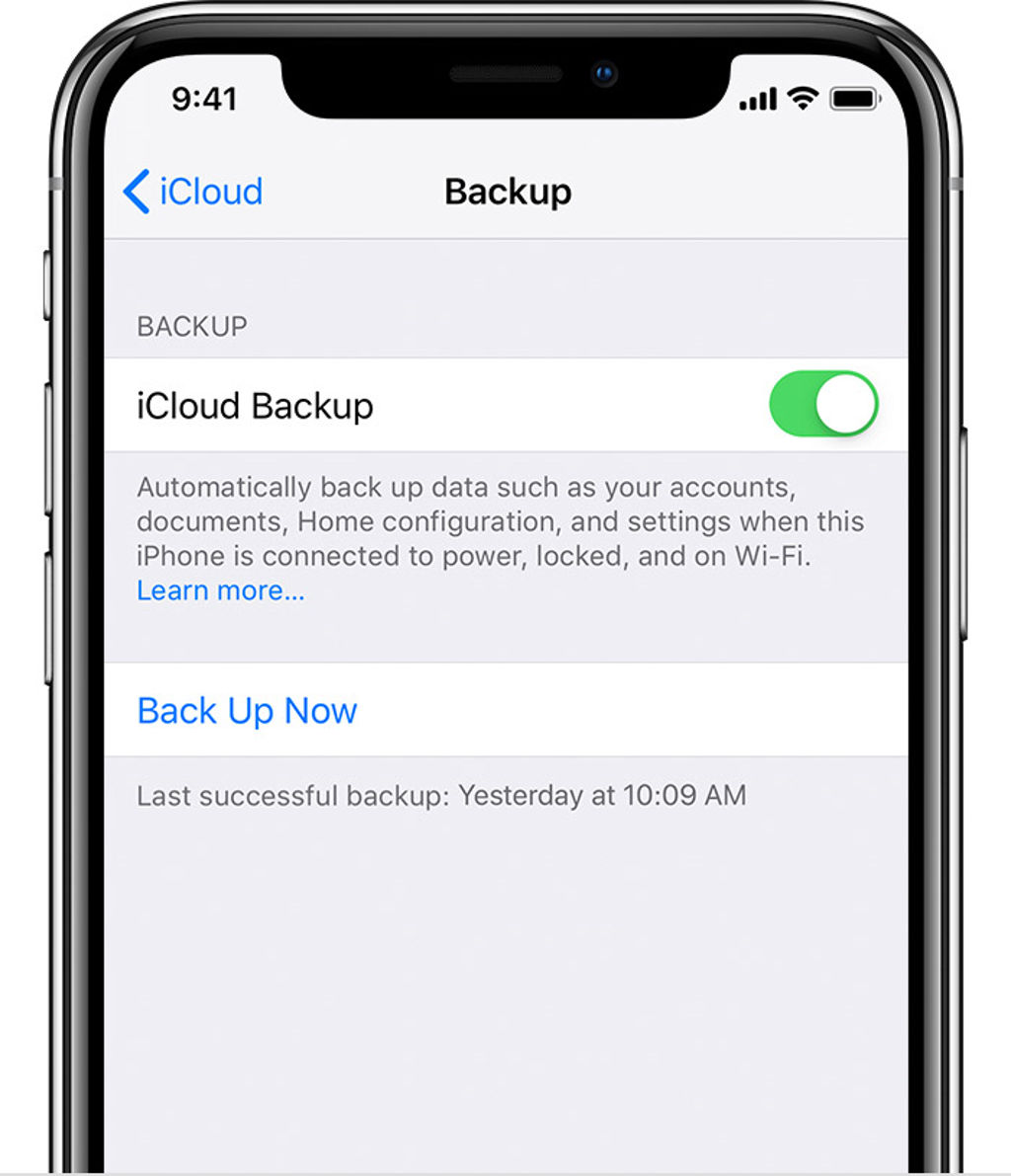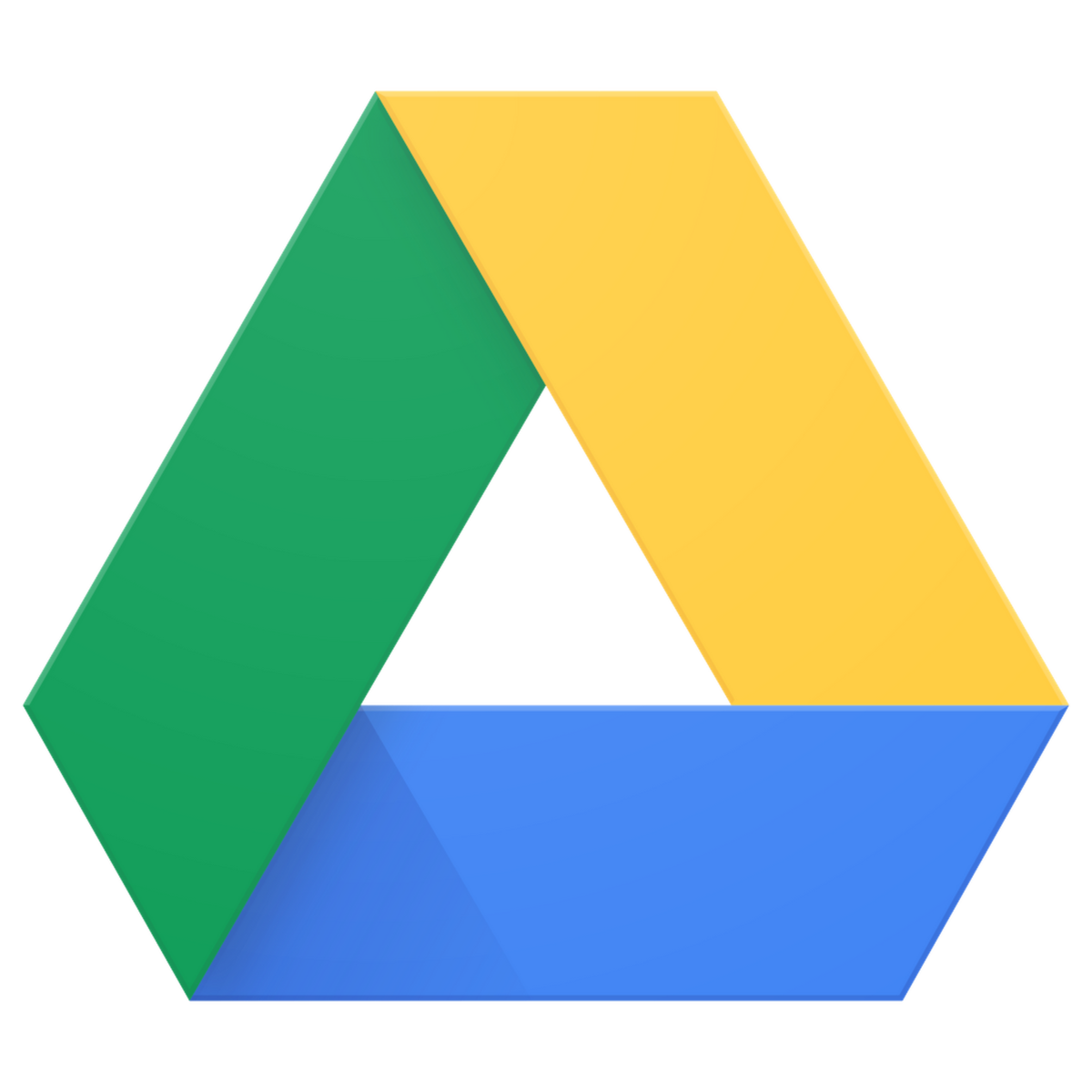Difference Between iCloud and Google Drive
Cloud storage has become quite common these days and more cost-effective than conventional on-premise storage methods. Microsoft’s former Senior Vice President Yaqin Zhang once said, “Cloud computing is the engine and the nervous center for the next generation of the Internet, Internet of Things and mobile Internet.” Today, Google Drive is probably one of the most popular cloud storage providers out there. But it’s not alone; there are other major players out there offering similar cloud storage solutions for both individual and corporate needs, such as Apple’s iCloud.

What is iCloud?
iCloud is the Apple’s very own cloud storage locker that automatically and seamlessly synchronizes your personal data between all your devices you’re using. iCloud is not just one thing; it is a collection of tools that allows you to better manage your mobile devices. It allows you to backup your music, photos, documents, applications, contacts, calendar and more all to your iTunes account. If you use an Apple product, be it an iPhone, an iPod, an iPad or a MacBook, or even if you have purchased something from the iTunes store, chances are you have an iCloud account. iCloud is a place where you can store all your personal files and it also syncs everything so that if you send a message on your iPhone, it appears on your iPad and MacBook as well. iCloud uses cloud technology to manage documents that are shared by several apps.

What is a Google Drive?
Google Drive is the Google’s proprietary cloud storage solution which allows users to store their media files and documents on Google servers, and access them online from anywhere they want. Like iCloud, it syncs your photos, documents, music and more across all your devices, including phones, PCs, laptops and tablets. Google Drive helps you free up space off your hard drive by uploading your files to the cloud. However, Google Drive offers more than just storage space; it offers access to free web-based applications for creating documents, spreadsheets, etc. You can also share files, edit documents, and spreadsheets remotely with several collaborators. With the Google Drive account, you get 15GB of free storage space where you can store your files and access them from anywhere you want. It removes the need to email or save your files to a USB drive.
Difference between iCloud and Google Drive
Basics
– Google Drive is the Google’s own cloud storage and synchronization service that not only acts as a storage locker for all your personal files stored on your hard drive but also the documents created through Google Docs, Excel, and Slides. Like iCloud, it syncs your photos, documents, music and more across all your devices. However, iCloud is not just one thing, but it is a collection of tools that allows you to better manage your mobile devices, particularly Apple devices.
Availability
– iCloud comes pre-built into every Apple device and gives access to your photos, music, videos, notes, contacts and more. However, iCloud is not just limited to iOS or MacOS; it’s now available for use in Android devices as well with no limitations in features whatsoever. All you have to do is go to iCloud.com and create a new account or sign in with your existing Apple ID credentials. Google Drive, on the other hand, supports all major platforms including Android, Windows, iOS or MacOS. Both have dedicated apps which can be downloaded from the Play Store or the App Store.
Ease of Use
– iCloud integrates itself into the Files app on iOS which allows you to easily manage your files and documents using the Files app. If you have the iCloud Photo Library turned on, you can readily access your photos and videos across all your Apple devices through the Photos app. Google Drive, on the other hand, comes in many forms, including a mobile app and a free desktop app that can be downloaded on iOS devices, providing access to your files on the cloud. It also offers access to free web-based applications for creating documents, spreadsheets, etc.
Pricing
– iCloud comes pre-built with all iOS devices or you can sign up for iCloud to get 5GB of free storage space. But you have to pay extra for additional storage which comes in three tiers pricing plan: the 50GB storage option for $0.99 per month, 200GB for $2.99 per month, and 2TB for $9.99 per month. Users have the option of sharing the 200GB and 2TB storage plans with their family. Google Drive, under the name of Google One, is free for the first 15GB of storage, but the 100GB storage plan costs you $1.99 per month; 200GB costs you $2.99 per month; and 2TB costs $9.99 per month.
iCloud vs. Google Drive: Comparison Chart

Summary of iCloud and Google Drive
While both iCloud and Google Drive are among the most popular and widely used cloud storage solutions out there, Google Drive slightly has an edge over its counterpart. For one, Google Drive is available across all major platforms and it provides a much larger quota of free storage space compared to what iCloud offers. Android users are already using Google Drive as their default cloud storage and synchronization platform, but now iOS users can also use Google Drive for all their cloud storage needs. Yes, Apple devices are already iCloud -centric, but using Google Drive for most of the file uploads can be viable alternative as well.
- Difference Between Caucus and Primary - June 18, 2024
- Difference Between PPO and POS - May 30, 2024
- Difference Between RFID and NFC - May 28, 2024
Search DifferenceBetween.net :
Leave a Response
References :
[0]Negrino, Tom. iCloud: Visual QuickStart Guide. California, United States: Peachpit Press, 2013. Print
[1]Negrino, Tom. iCloud: Visual QuickStart Guide. California, United States: Peachpit Press, 2013. Print
[2]Feiler, Jesse. Learning iCloud Data Management: A Hands-On Guide to Structuring Data for iOS and OS X. Massachusetts, United States: Addison-Wesley, 2014. Print
[3]Shen, Yushi et al. Enabling the New Era of Cloud Computing: Data Security, Transfer, and Management: Data Security, Transfer, and Management. Pennsylvania, United States: IGI Global, 2013. Print
[4]Image credit: https://www.helpsmartphone.com/images/large/apple/backupiphonetoicloud/backupiphonetoicloud3.jpg
[5]Image credit: https://commons.wikimedia.org/wiki/File:Google_Drive_logo.png
